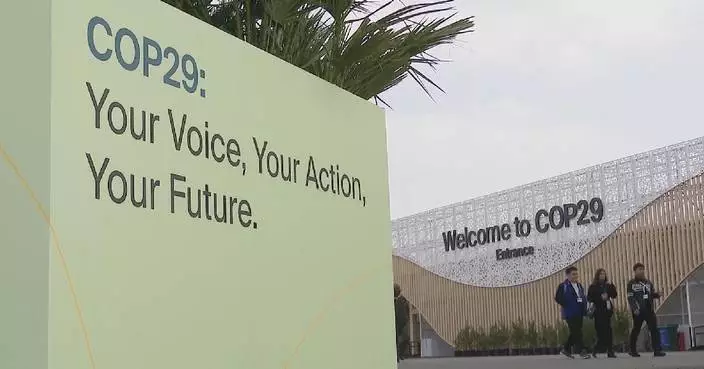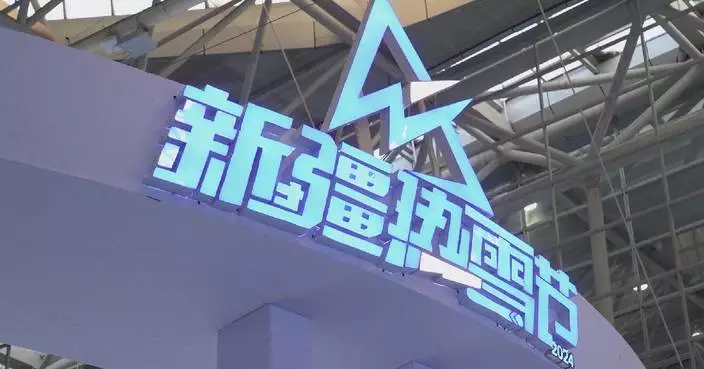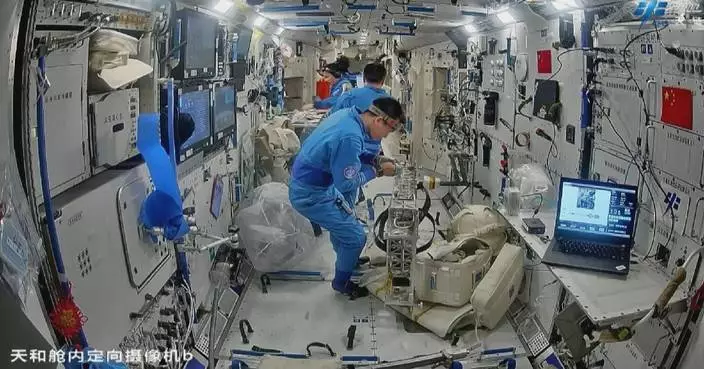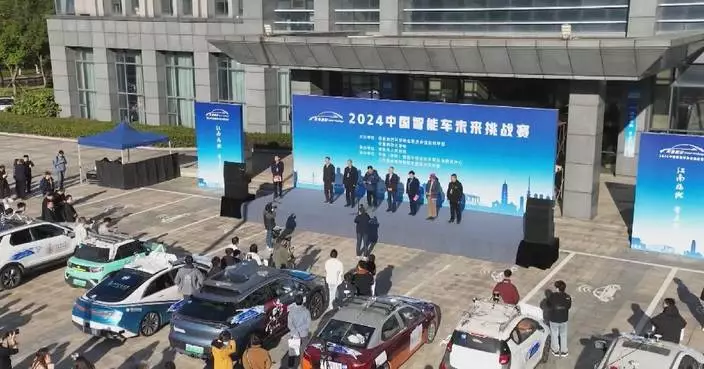Samoan Prime Minister Fiame Naomi Mata'afa on Saturday arrived in Huizhou City, south China's Guangdong Province to step up bilateral partnership in aquaculture, the pillar industry of the country in the central South Pacific Ocean, and in education.
At the invitation of Chinese Premier Li Qiang, Mata'afa is paying an official visit to China from Nov 20 to 28.
Accompanied by a delegation comprising Samoa's finance minister and other foreign affairs and trade officials, Mata'afa landed in Shanghai on Wednesday morning and traveled by high-speed train to the city of Taizhou in east China's Jiangsu Province, where she officially started her nine-day visit.
Aquaculture cooperation tops the prime minister's agenda during her visit to Huizhou. Her delegation visited an innovative marine breeding base to learn about the artificial domestication and large-scale artificial breeding techniques of marine economic fish such as yellow croakers.
"Today, we mainly introduced the situation of modern marine ranches in Guangdong Province to the Samoan delegation. In particular, we provided a preliminary introduction to the fish farming project jointly led by Onesea Marine Ranch and our company in Huizhou City," said Yan Kuoqiu, chairman of Guangdong Beluga Whale Marine Biotechnology.
"We do have coastal fisheries, but we do not have these varieties and species of fish. We want to expand into other varieties, so we are looking for opportunities to have more species of fish in our country to supply protein for our diets," said Seuseu Dr. Joseph Tauati, CEO of the Ministry of Agriculture and Fisheries of Samoa.
The Samoan prime minister also showed a keen interest in traditional Chinese music and culture during a visit to the Hualuogeng Senior High School, which established a sister-school relationship with Samoa College in 2015. One member of the delegation recalled his exchange experience back in 2018.
"II had the privilege of visiting with the former Prime Minister here in 2018 to see the exchange in programs. It's a great opportunity for our students to come and exchange ideas, knowledge and skills on how to enhance their academic skills and gain new knowledge," said Agafili Tomaimano Shem Leo, CEO of the Ministry of the Prime Minister and Cabinet of Samoa.
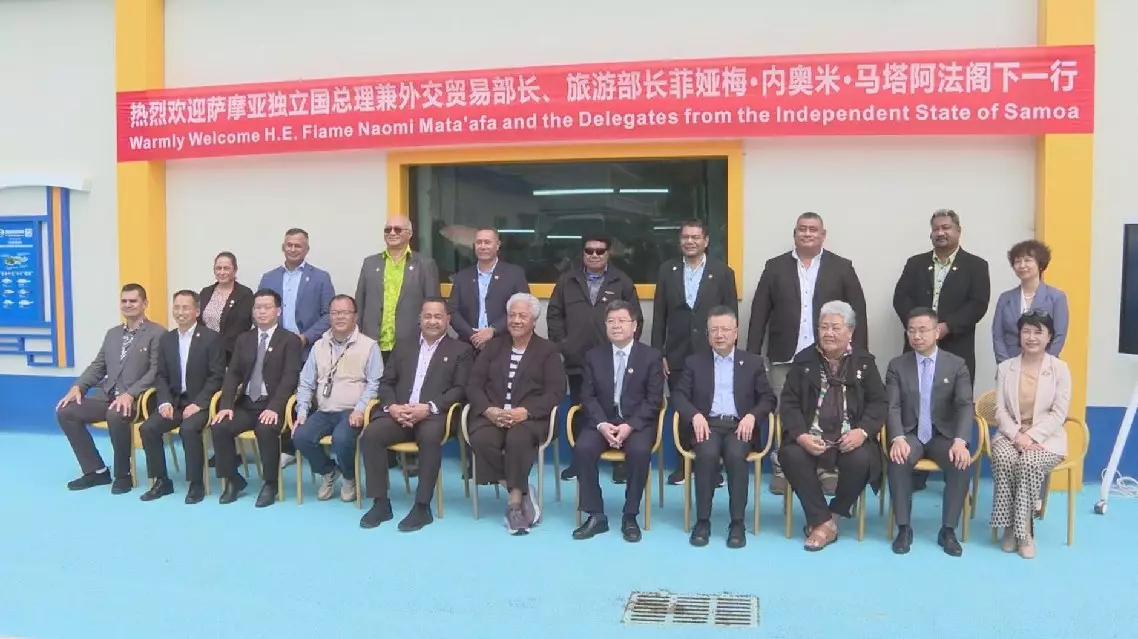
Samoan PM visits Huizhou to bolster aquaculture cooperation
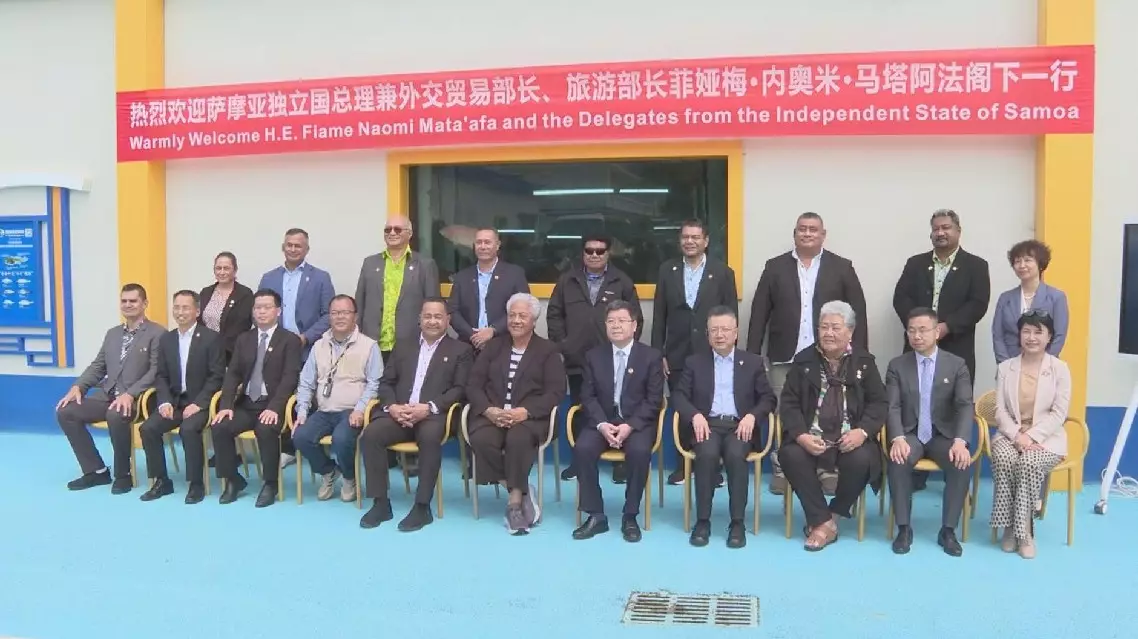
Samoan PM visits Huizhou to bolster aquaculture cooperation
A leading Chinese aviation fuel maker is setting its sights on the rapidly growing sustainable aviation fuel (SAF) market, driven by the increasing demand for eco-friendly aviation solutions.
SAF is a new type of green jet fuel made from renewable resources or wastes. In recent years, relevant industries in China have grown rapidly, with innovative uses of waste oil to produce sustainable aviation fuel. For example, discarded oil from everyday cooking is now being recycled and converted into fuel for aircraft.
At the recent Airshow China in Zhuhai, south China's Guangdong Province, Sichuan Tianzhou International Trade Co., Ltd., a leading technology company in China specializing in aviation fuel supply, introduced how it has transformed waste oil into SAF.
"I have a bottle of waste hotpot oil in my left hand and a bottle of finished SAF in my right. We collect the kitchen waste oil, remove impurities, and refine it through hydrogenation. Then, we can smoothly blend the processed oil with traditional petrochemical aviation fuel, making it suitable for large aircraft and helping to reduce carbon emissions at every stage of the process," said Chen Yu, general manager of the company.
Compared with traditional petrochemical jet fuel, SAF, made from waste materials such as animal and vegetable oils, household waste, and agricultural and forestry waste, can reduce carbon emissions by nearly 80 percent.
Now, this jet fuel supplier is building its industrial base in Neijiang City, southwest China's Sichuan Province. Once fully operational, the facility is expected to process 500,000 tons of waste animal and plant oil annually, with an estimated output value of around 10 billion yuan (about 1.38 billion U.S. dollars).
"When we first started developing this type of fuel, we received little attention. But since last year, and especially recently, we've been in deep cooperations with international airlines frequently, as well as major domestic airlines and China National Aviation Fuel, about future collaborations and orders," said Chen.
According to a research report from Chinese financial services company Guosen Securities, China currently can produce 350,000 tons of SAF each year, with plans to increase it to 3.53 million tons.
For global climate reduction goals, countries around the world are also accelerating the building of the SAF industry.
"The climate goals of countries worldwide are the same. By 2030, all commercial aircraft should be compatible with the use of SAF, and by 2050, the target is to achieve emission reductions and net-zero emissions," said Yao Junchen, vice president of the Chinese Society of Aeronautics and Astronautics (CSAA).
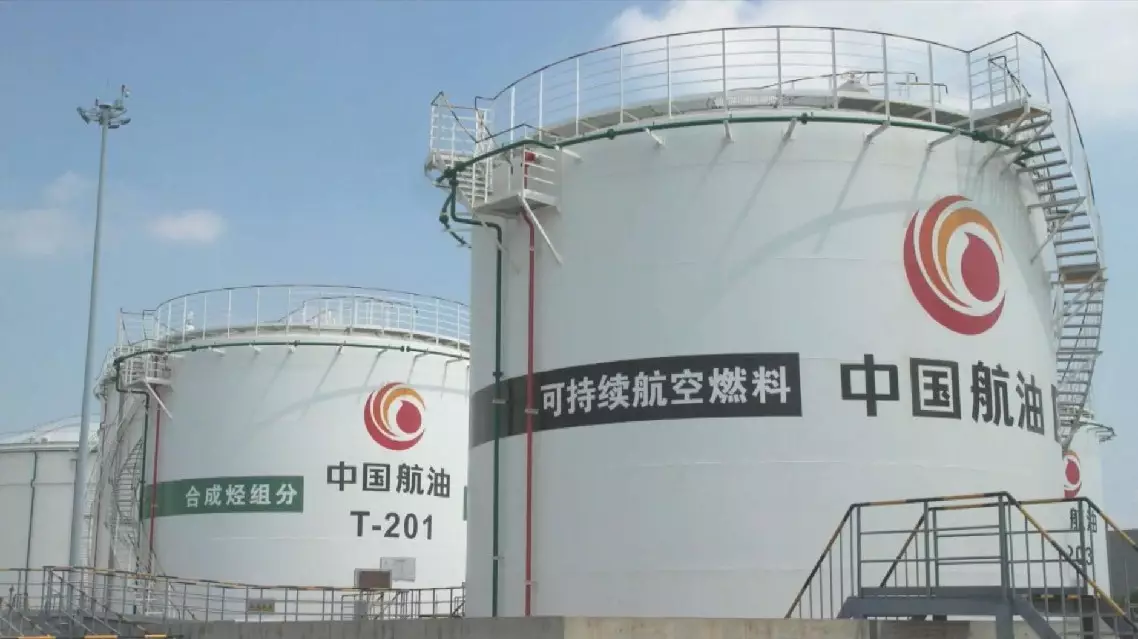
Chinese company targets growing sustainable aviation fuel market





